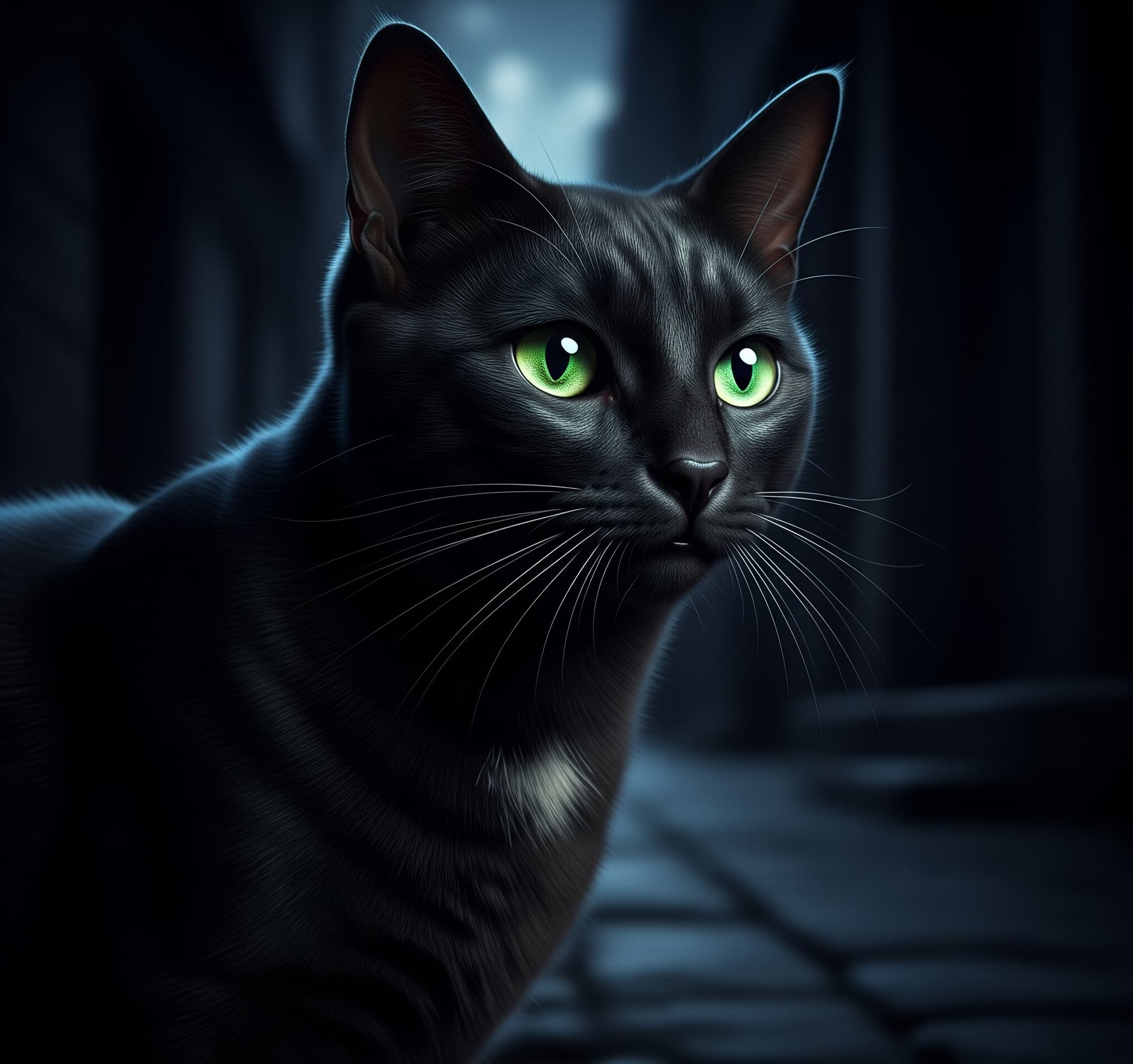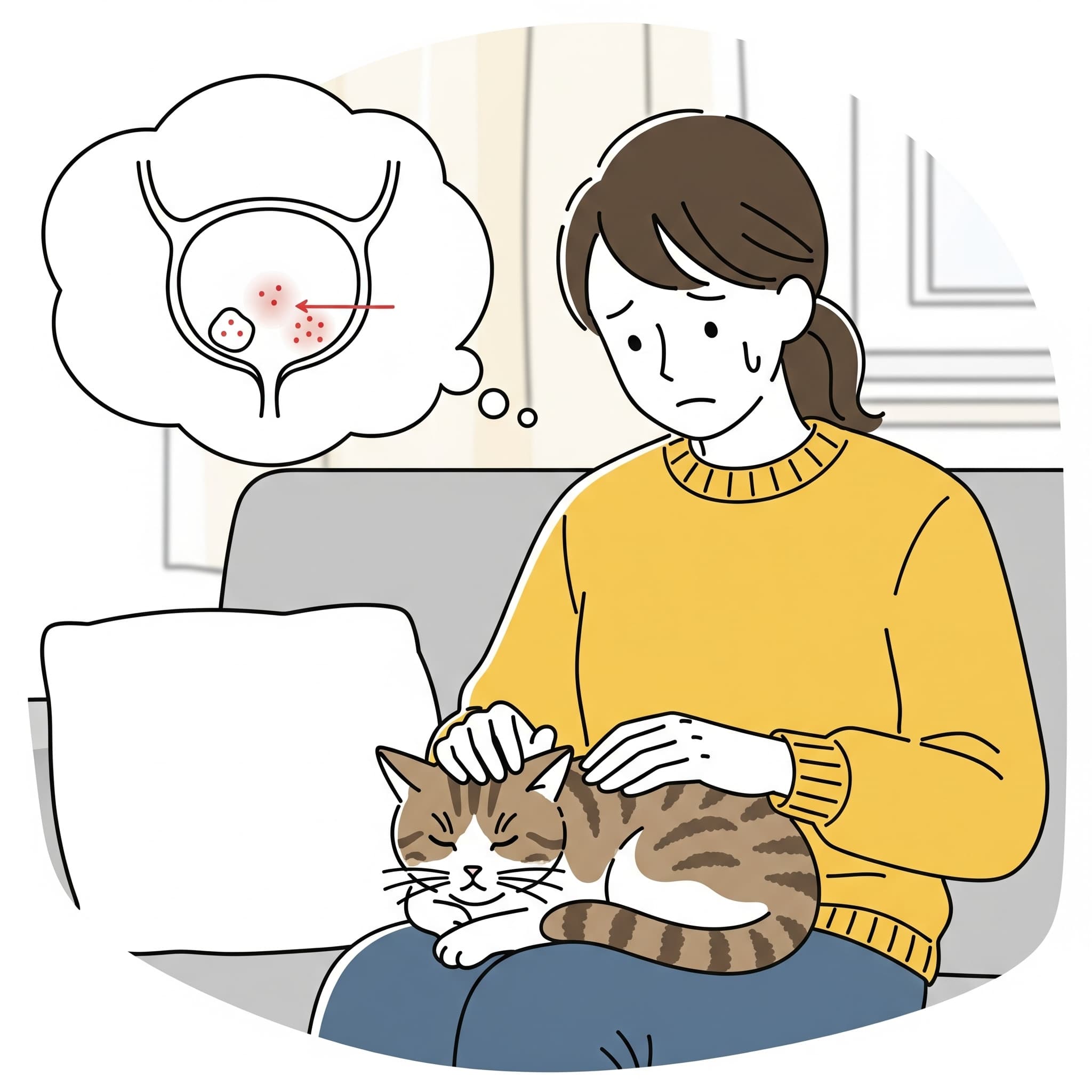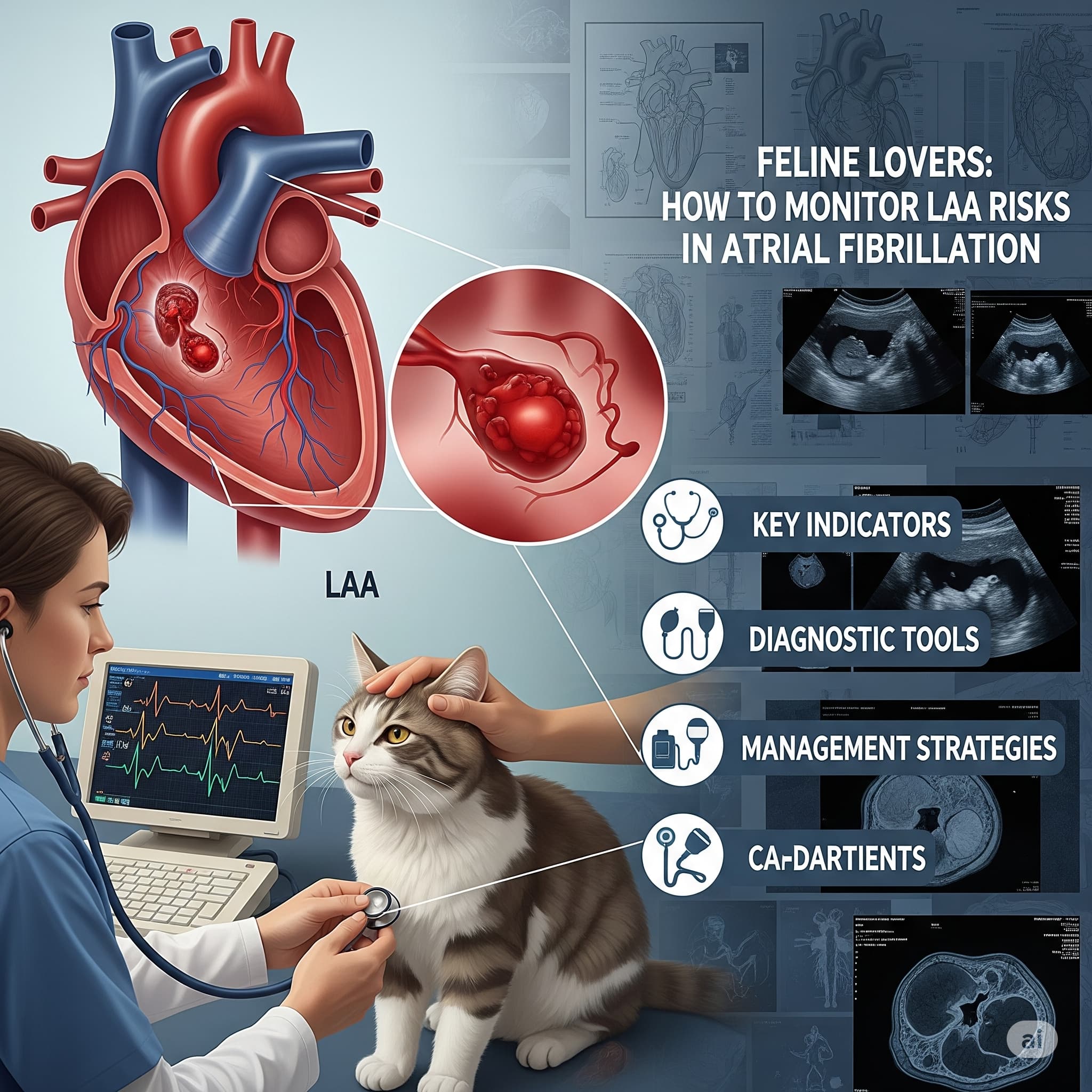Can Cats See Color in Dark? Vision Secrets
Discover the truth about cat night vision and color perception in darkness. Learn fascinating secrets about how cats really see at night and debunk common myths.
Introduction
Have you ever watched your cat navigate perfectly through a pitch-black room and wondered if they can see colors in the dark? This fascinating question touches on one of the most mysterious aspects of feline biology. Many pet owners assume their cats have superhuman night vision abilities, but the reality is both more complex and more amazing than you might think.
To help you understand your cat’s incredible visual abilities and separate fact from fiction, here are the key areas we’ll explore:
- How Cat Eyes Work in Low Light
- The Truth About Color Vision in Darkness
- What Cats Actually See at Night
- Comparing Cat Vision to Human Vision
- Common Myths About Cat Night Vision
How Cat Eyes Work in Low Light
Cats have evolved remarkable adaptations that make them exceptional night hunters. Their eyes contain several special features that maximize light collection in dim conditions.
The most important feature is the tapetum lucidum, a reflective layer behind the retina. This mirror-like structure reflects light back through the eye, giving photoreceptors a second chance to capture photons. This is why cat eyes appear to glow in the dark when light hits them.
Cats also have much larger pupils relative to their eye size compared to humans. These oversized pupils can dilate to nearly cover the entire visible eye, allowing maximum light entry. Additionally, cats have a higher concentration of rod cells in their retinas. Rod cells are specialized for detecting light and movement in low-light conditions.
The cornea and lens in cat eyes are also proportionally larger than in human eyes. This design creates a more efficient light-gathering system, similar to how a larger telescope lens captures more starlight.
The Truth About Color Vision in Darkness
Here’s where things get interesting. Cats cannot see colors in complete darkness, and neither can humans or any other animal. Color vision requires sufficient light to activate cone cells in the retina, which are responsible for detecting different wavelengths of light.
In very dim conditions, only rod cells function effectively. Rod cells are incredibly sensitive to light but cannot distinguish between different colors. They essentially see the world in shades of gray, much like an old black and white movie.
Even in moderate lighting, cats have limited color vision compared to humans. Cats are dichromats, meaning they have two types of cone cells instead of the three that humans possess. They can see blues and greens reasonably well but have difficulty distinguishing between reds and pinks, which may appear more greenish to them.
When darkness falls, this limited color vision disappears entirely. However, cats gain something potentially more valuable for survival: exceptional ability to detect motion and see in extremely low light conditions.
What Cats Actually See at Night
While cats cannot see colors in darkness, their night vision capabilities are truly remarkable. Cats can see clearly in light levels six times lower than what humans need for basic vision.
In near-darkness, cats see a detailed grayscale world. They can distinguish between different shades of gray with incredible precision, allowing them to identify objects, judge distances, and track movement effectively.
Motion detection becomes their superpower in low light. The high concentration of rod cells makes cats extremely sensitive to even tiny movements. A small mouse scurrying across the floor becomes clearly visible to a cat even when humans see nothing but darkness.
Cats also maintain excellent depth perception in low light conditions. Their binocular vision helps them judge distances accurately when pouncing on prey or navigating obstacles in dim environments.
However, cats are not completely helpless in total darkness. Like humans, they rely more heavily on their other senses when vision fails completely. Their exceptional hearing and sensitive whiskers help them navigate and hunt even when no light is available.
Comparing Cat Vision to Human Vision
The differences between cat and human vision reveal fascinating evolutionary adaptations. While humans excel at color discrimination and fine detail in bright light, cats dominate in low-light conditions.
Human eyes work best in daylight conditions. We have three types of cone cells that allow us to see millions of color combinations. Our visual acuity is also superior in good lighting, meaning we can make out fine details that cats might miss.
Cat eyes sacrifice some daytime performance for nighttime excellence. Their larger pupils and light-gathering structures make them somewhat more sensitive to bright light. This is why cats often squint or seek shade during sunny days.
The trade-offs extend to visual fields as well. Cats have a wider peripheral vision range, seeing about 200 degrees compared to humans’ 180 degrees. This wider view helps them spot potential threats or prey from the sides.
Interestingly, both cats and humans lose color vision in very dim conditions, but cats retain much more visual information overall due to their enhanced light sensitivity.
Common Myths About Cat Night Vision
Several misconceptions persist about feline night vision capabilities. Understanding these myths helps pet owners better appreciate their cats’ actual abilities.
Myth: Cats can see in complete darkness. Even cats need some light to see. In absolute darkness, they rely on hearing, smell, and whiskers just like any other animal.
Myth: Cats see everything in color at night. As explained earlier, color vision disappears for all animals in very low light conditions, including cats.
Myth: Cat eyes produce their own light. The glowing effect comes from reflected light bouncing off the tapetum lucidum, not light generation within the eye.
Myth: All cats have identical night vision. Different breeds may have slight variations in eye structure and night vision capabilities, though all domestic cats share the same basic adaptations.
Myth: Older cats maintain perfect night vision. Like humans, cats can experience age-related vision changes that may affect their low-light performance over time.
Conclusion
Cat night vision represents millions of years of evolutionary refinement for nocturnal hunting. While cats cannot see colors in darkness, their ability to navigate and hunt in extremely low light conditions far exceeds human capabilities. The trade-off between daytime color vision and nighttime performance showcases nature’s remarkable ability to adapt animals to their ecological needs.
Understanding your cat’s visual abilities helps explain many of their behaviors and preferences. Next time you see your cat confidently moving through a dark room, you’ll know they’re seeing a detailed grayscale world invisible to your eyes.
Want to learn more fascinating facts about your feline friend? Share this article with other cat lovers and let us know in the comments what other cat mysteries you’d like us to explore!재시도




Post Comment